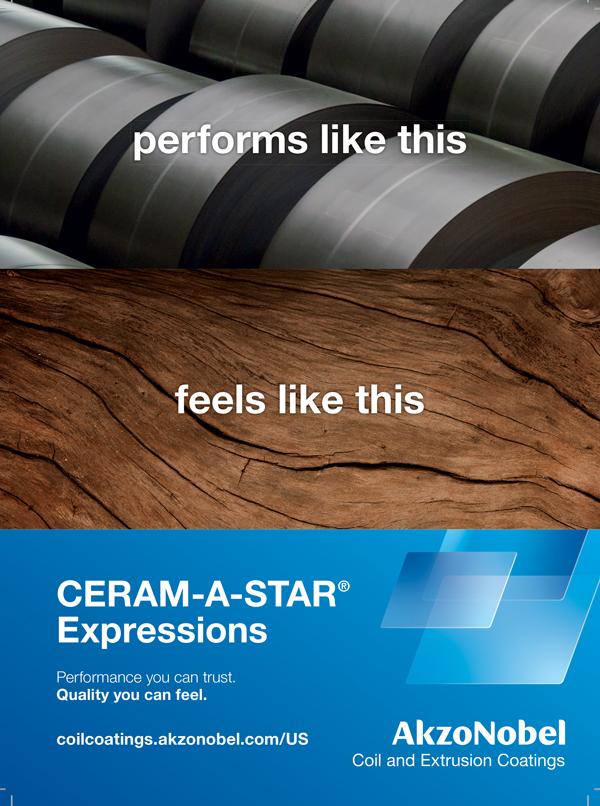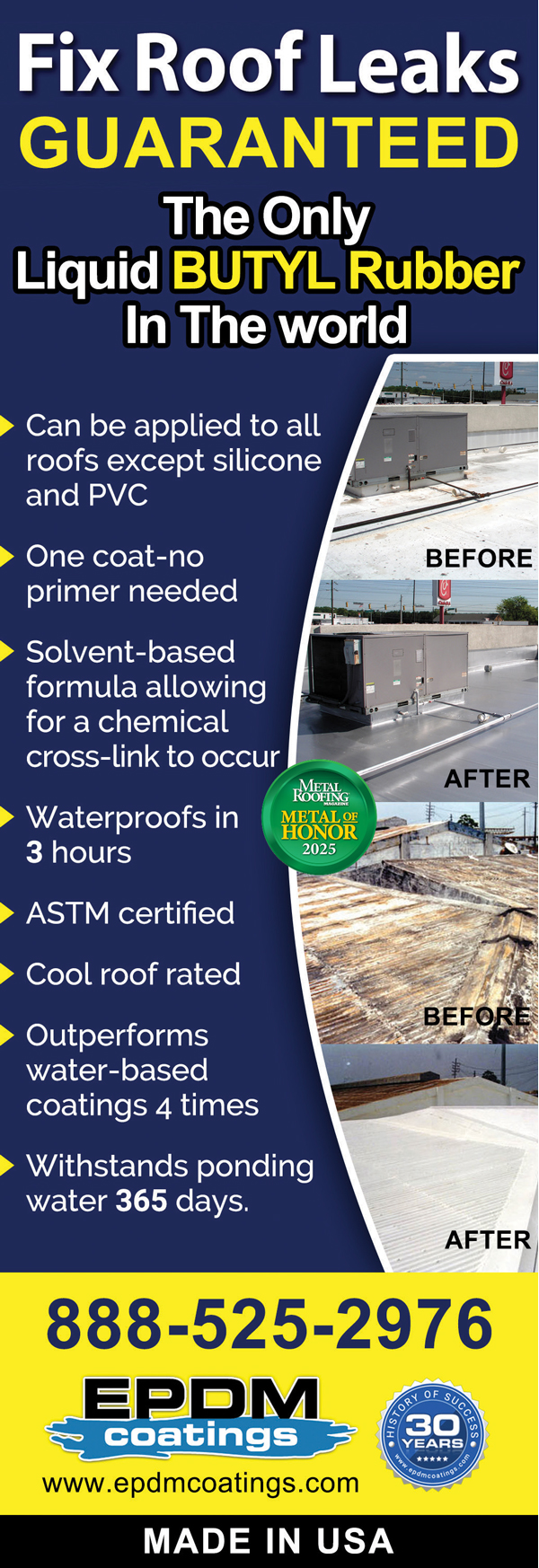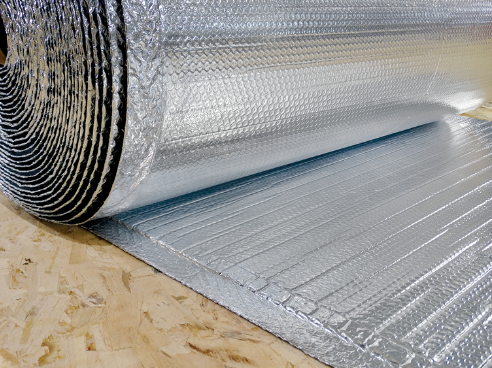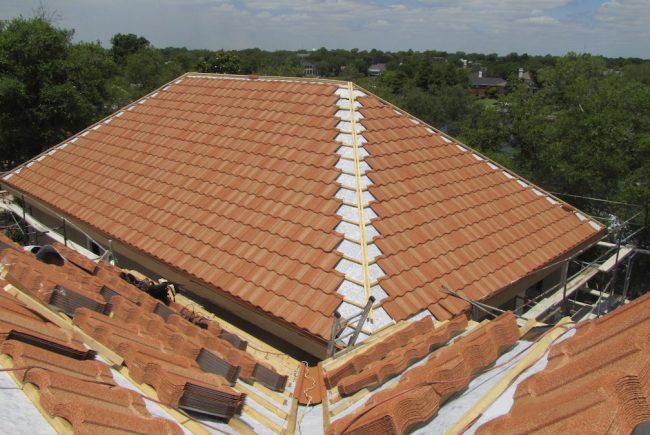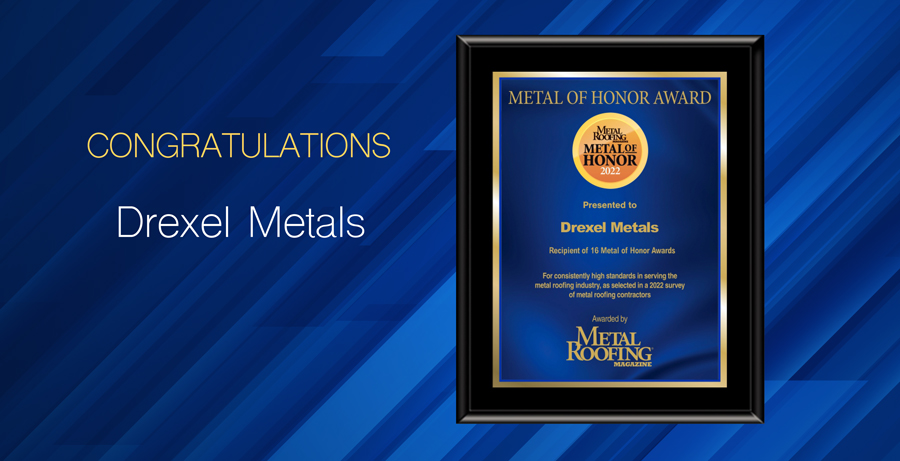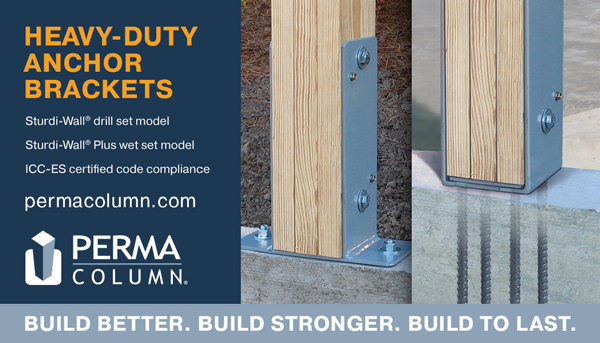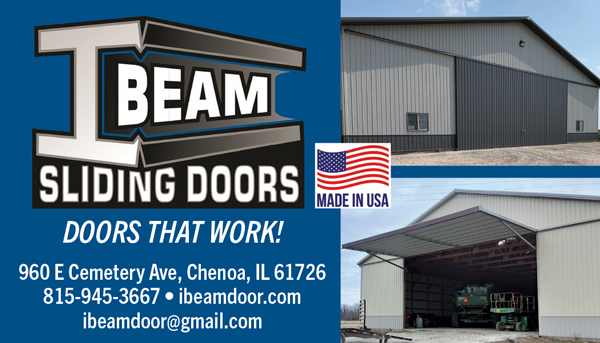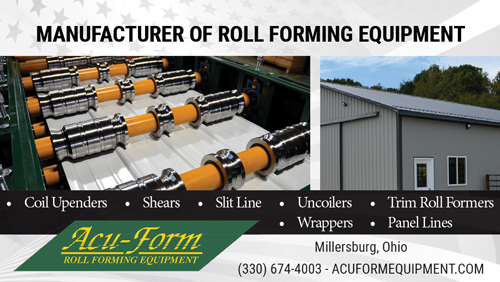Whether in snow, hail, heat, or hurricane country, there is sure to be a metal roofing option that will best withstand the local climate conditions. On how to sell consumers on the benefits of metal roofing, regardless of region, Bob Zabcik, MCA, said: “The traditional benefits such as longevity and durability still ring true. But to [the MCA and MRA], there are two key points to remember. First, choose a metal roofing/cladding system that is designed considering the unique demands of the project site and region. And second, use an experienced and reputable installer trained on that system. That may sound simple, but in practice, it doesn’t happen automatically. Fortunately, the MCA, MRA, and our members have done much of that legwork for consumers already. All they need to do is visit our websites, to educate themselves, and ideally, become members to help us continue to improve the industry.”
Insulation and Metal Buildings
One aspect of metal roof and wall panel installation that is necessary across every climate type is insulation. While insulation alone won’t prevent the failure of a roof or wall system, it is crucial for the general protection of a building and its contents.
Ted Winslow, Product Manager for CertainTeed, shared the following regarding insulation and, specifically, metal commercial buildings: In most metal buildings, thermal bridging can be a serious issue if it is not addressed on the front end.
Concrete and metal are both conductors and do little to stop heat flow between exterior walls and the outside. Metal stud framing—most common in commercial construction—is a major source of heat loss. Incorporating appropriate amounts of thermal insulation into the wall assembly is the first tier of an effective thermal control strategy. Commercial thermal insulation options include cavity insulation, which occupies space inside the wall cavity, and insulating sheathing, which is installed over the exterior walls.
A steel stud cavity wall with a masonry façade is the most common type of wall assembly for commercial buildings. Designers can improve thermal performance and control cavity condensation by doing several things: specifying exterior insulating sheathings, which increase cavity surface temperatures and improve energy efficiency; incorporating exterior wind/air barriers to reduce air leakage; or specifying a smart vapor retarder to substantially reduce convective loops and improve drying capability. These are cost-effective ways to achieve thermal performance while managing moisture and reducing the saturation of substrate materials.
Eyeing Sheathings
Insulating sheathings can be installed inside or outside of concrete block and tilt-up walls. A common insulating material for this construction is foam plastic insulation board. The location of the sheathing will vary based on climate and the type of material used. Interior non-load-bearing steel-framed assemblies can support cavity insulation. Fiberglass batt insulation inside the cavity increases the thermal efficiency of commercial buildings, is moisture-resistant, and eliminates heat loss when combined with structural insulated panels. Some buildings with thicker concrete will have reduced insulation needs, however, it’s always best to exceed code requirements to achieve the most energy efficiency. Exterior insulation systems typically resemble traditional stucco and create a thermal break between exterior walls and the surrounding environment. If an exterior finish doesn’t accommodate exterior insulation, continuous insulation board inside of the wall assembly is a good option.
Technical insulation—which includes insulation for HVAC systems and mechanical piping—is often overshadowed by traditional building insulation, but is vital to combat energy loss. In cold environments, fiberglass blanket insulation is an effective and low-cost tool to reduce heat flow. Blanket insulation keeps structures warm, reducing the stress on furnaces and other heat sources. In warm environments, blanket insulation blocks heat transfer into the structure and can reflect heat outward if a radiant barrier is attached, making it quite versatile. When installed at the proper thickness, a foil scrim kraft (FSK)-faced flexible fiberglass blanket insulation placed around the exterior of rectangular and round HVAC ductwork reduces unwanted heat loss or gain. It also eliminates ductwork condensation problems that can sometimes contribute to something nobody wants—mold.


